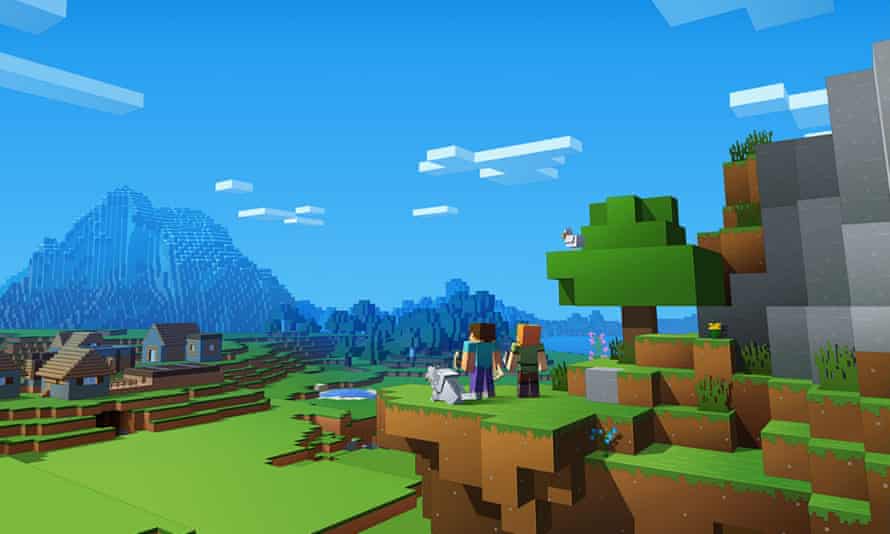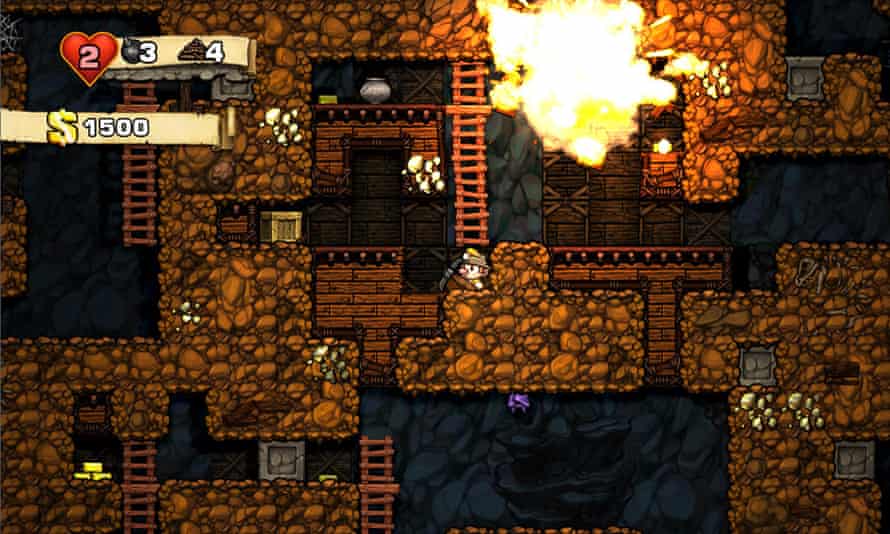
Game History
The Atari VCS was a popular home video game console in the late 1970s and early 1980s. Pictured is the four-switch model from 1980–1982. An Atari CX40 joystick controller, with a single button Part of a series on the History of video games Early history Early history of video games Early mainframe games Consoles History of video game consoles 1st generation (1972–1980) 2nd generation (1976. Though video games are found today in homes worldwide, they actually got their start in the research labs of scientists early 1950s. Academics designed simple games, like tic-tac-toe and tennis. Find & play recent games. Open the Play Games app. The games you recently signed in to, in the order they were last played. Find missing games. If a game you installed using your phone or computer doesn't appear on Android TV, it might not work on Android TV. To check: On your computer, go to the Google Play Store. Find the game you want to play.
Electronic games are changing how people play, learn, and connect with each other, including across boundaries of culture and geography. The International Center for the History of Electronic Games (ICHEG) develops exhibits and undertakes other activities to interpret the historical and cultural significance of video games and other electronic games to ensure that present and future generations can explore that history, understand how it began and evolved, and appreciate the impact that electronic games have on society.
Video Game History Timeline

View the video game history timeline. Many artifacts illustrated in the timeline reside in The Strong’s collections.

Interpreting the History of Electronic Games
Play Games Right Here The History Of Video Games Free
Electronic games are a rapidly evolving new form of play, and they are profoundly affecting not only how Americans play, but also how they learn and how they connect to each other. ICHEG is therefore interested in a wide range of questions and issues regarding electronic games.
These questions and issues include but are not restricted to the following:
- Where do electronic games come from? What is their history? How did they originate? What are the sources of inspiration for their stories and imagery? What popular forms of play paved the way for them?
- How is playing electronic games similar to or different from previous types of play?
- Who plays electronic games?
- What is the educational impact of electronic games?
- What is the social effect of electronic games? Do they isolate people or bring them together?
- What is the effect of violence in electronic games? Does violence in electronic games cause violent behavior or prevent it?
- What is the effect of electronic games on physical and mental health? Are they addictive or is gamers’ passion for electronic games similar to other players’ passion for other forms of play? What are the benefits of electronic games?
- How are electronic games made? Who makes them? How does someone become a game designer? How are electronic games marketed?
- What role should parents have in kids’ electronic game play?
- What is the future of electronic games? How are they evolving? What forces are shaping them? Where are electronic games and gamers headed?
Play Games Right Here The History Of Video Games To Play

Play Games Right Here The History Of Video Games On

To aid the exploration of these questions and to help inform its long-term, interactive exhibit eGameRevolution and future exhibits at The Strong museum, the International Center for the History of Electronic Games has developed an interpretive framework that includes “Concentric Circles: A Lens for Exploring the History of Electronic Games.” This framework examines electronic games through a continual zooming back and forth of the lens of focus—from a tight focus on the games themselves, to a broader look at who makes the games and how they’re made, to a wider-angle view of their impact on players and society, to a panoramic consideration of electronic games through the lens of play.